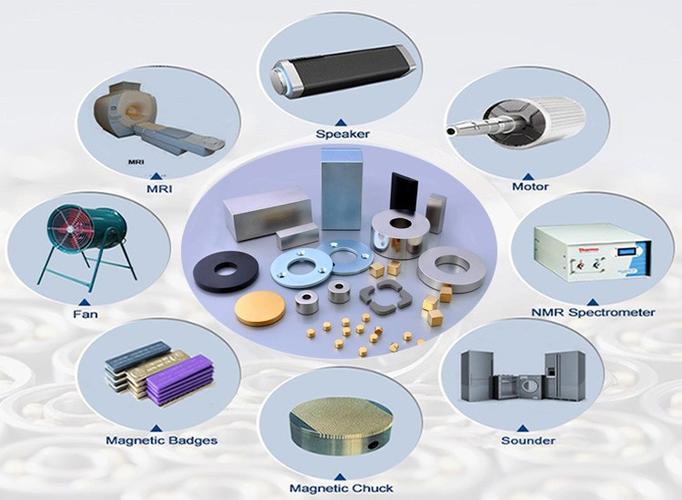Why Are Neodymium Magnets So Strong?
Neodymium Magnets are considered the strongest and most permanent magnets all over the world in 2009. It was invented in 1982 by the cooperation between three big companies and research facilities in the USA. The secret component that gives it its capabilities is the Neodymium. It is one of the rare earth elements. When it is mixed with Iron and Boron, then magnetized, it gives the neodymium magnets which are also known as NIB magnets and also “NeFeB” magnets.

Being strong and small in size made it become a new revolution for all the industries that use rare earth magnets. Last year, about 550 tons of neodymium magnets were manufactured.
Do you know where it was used?
Starting from your earphones for MP3 players to big machines and motors, it uses neodymium magnets. It has accomplished the hard equation of having stable, small, and strong magnets. In the earphone, it was hard to accomplish high sound enough for users and small pieces to be fitted inside the external ear, with the help of neodymium magnets, those devices have been made. Those magnets also helped improve sound quality for desktops and ear speakers too.
In motors that are electrical, which run electric cars, scooters, and bicycles, all use neodymium magnets as these devices need strong and compact motors to run on.
What makes this magnet so strong?
The magnetic field of each element found on earth is different from the other. The stronger the magnetic field for the element, the more strong magnets they make. By mixing neodymium, iron, and boron, we get a special metal slug, which then needs to be magnetized by a very strong electromagnetic field. The result of this process is the creation of the strongest and most permanent magnets in the world in 2009 estimation.
The neodymium element is the key for these magnets as it has a very strong magnetic field which ranges in power from N24, the lowest, to N55 which is the strongest.
The small disadvantage of these magnets is that it does start to lose their power at a temperature of 80 degrees C, which is considered low in comparison with other types of magnets.
For more information, please visit https://www.stanfordmagnets.com/